Using Hemp in Culinary Recipes
A Complete Guide to Elevating Your Kitchen Experience
The culinary world has embraced hemp as more than just a health supplement—it's become a sophisticated ingredient that can transform ordinary dishes into extraordinary culinary experiences. As more home cooks and professional chefs discover the versatility of hemp flower and concentrates, the possibilities for creative cooking continue to expand. Whether you're working with premium cbd hemp flower or exploring bulk options for larger culinary projects, understanding how to properly prepare and incorporate hemp into your recipes is essential for success.
Understanding Hemp's Culinary Potential
Hemp's journey from plant to palate begins with understanding its unique properties and how they translate into culinary applications. Unlike many traditional herbs and spices, hemp requires specific preparation methods to unlock its full potential. The key lies in the decarboxylation process, which activates the cannabinoids present in the raw plant material, making them bioavailable and enhancing their effects when consumed.
When selecting cbd flower for culinary use, quality matters significantly. Premium hemp flower offers better flavor profiles, more consistent potency, and cleaner extraction results. The difference becomes particularly apparent when you're infusing delicate ingredients like butter or cream, where any impurities or off-flavors can significantly impact the final dish.
The variety of hemp strains available today offers an incredible range of flavor profiles and aromas. From fruity and floral notes to earthy and piney undertones, each strain brings its own character to culinary creations. This diversity allows creative cooks to pair specific hemp varieties with complementary ingredients, creating harmonious flavor combinations that enhance rather than mask the natural taste of the food.
The Science of Decarboxylation
Decarboxylation represents the most crucial step in preparing hemp for culinary use. This process involves applying controlled heat to convert THCA (tetrahydrocannabinolic acid) into THC (tetrahydrocannabinol) and enhance the bioavailability of CBD and other cannabinoids. Without proper decarboxylation, your hemp-infused dishes will lack the desired effects and may taste harsh or grassy.
The decarboxylation process requires precise temperature control and timing. Too much heat can degrade the valuable compounds, while insufficient heat leaves them in their inactive acid forms. The optimal temperature range falls between 220-245°F (104-118°C), with cooking times varying based on the quantity and quality of hemp flower being processed.
For home cooks working with cbd flower bulk quantities, investing in a reliable oven thermometer becomes essential. Oven temperatures can vary significantly from their display settings, and consistent results depend on accurate temperature monitoring throughout the decarboxylation process.
The process itself is straightforward but requires attention to detail. Break up the hemp flower into smaller, uniform pieces to ensure even heating. Spread the material on a parchment-lined baking sheet, creating a single layer that allows heat to circulate freely. Cover with aluminum foil to prevent terpene loss and protect from excessive browning. The typical decarboxylation time ranges from 30-45 minutes, depending on the desired level of activation.
Creating Hemp-Infused Base Ingredients
Once your hemp is properly decarboxylated, the next step involves creating versatile base ingredients that can be incorporated into various recipes. Hemp-infused butter and oils serve as the foundation for most culinary applications, providing both the carrier medium for cannabinoids and a neutral flavor base that works well with both sweet and savory dishes.
Hemp butter creation begins with selecting high-quality unsalted butter, which provides the fat content necessary for cannabinoid extraction. The infusion process requires gentle, sustained heat that extracts the active compounds without burning or degrading them. A double boiler setup or slow cooker on low heat provides the controlled environment necessary for successful infusion.
For those purchasing cbd flower wholesale, creating larger batches of infused butter becomes economically advantageous. The butter can be portioned and frozen for future use, maintaining its potency for several months when properly stored. This approach allows for consistent dosing across multiple recipes and eliminates the need to repeat the infusion process for individual dishes.
Oil infusions offer even greater versatility than butter, as they can be used in a wider range of cooking applications. Coconut oil, olive oil, and avocado oil each bring different flavor profiles and cooking properties to hemp-infused preparations. Coconut oil's high saturated fat content makes it particularly effective for cannabinoid extraction, while olive oil's robust flavor can complement the earthy notes of hemp in Mediterranean-inspired dishes.
The straining process proves crucial for achieving smooth, professional-quality infusions. Using cheesecloth, fine mesh strainers, or coffee filters removes plant material that could create unpleasant textures or bitter flavors in finished dishes. Multiple straining passes ensure the cleanest possible infusion, particularly important when working with bulk cbd flower that may contain more plant matter.
Dosage Considerations and Safety
Understanding dosage represents perhaps the most critical aspect of cooking with hemp. Unlike smoking or vaping, where effects are felt almost immediately, edibles can take 30 minutes to 2 hours to produce noticeable effects. This delayed onset often leads to overconsumption, making careful measurement and patient consumption essential for a positive experience.
Starting with small test batches allows you to gauge the potency of your infusions before committing to larger recipes. Keep detailed notes about the amount of hemp used, the infusion time and temperature, and the resulting effects. This documentation helps establish consistent dosing guidelines for future culinary projects.
When working with wholesale cbd flower, testing becomes even more important due to potential potency variations between batches. What works perfectly with one batch might be too strong or too weak with another, making ongoing calibration necessary for consistent results.
Individual tolerance levels vary significantly based on factors including body weight, metabolism, previous hemp experience, and even what you've eaten recently. What constitutes a mild dose for one person might be overwhelming for another, emphasizing the importance of conservative initial dosing and clear labeling of hemp-infused foods.
Strain Selection for Culinary Applications
Different hemp strains offer unique flavor profiles and aromatic qualities that can enhance specific types of dishes. Understanding these characteristics allows for strategic pairing that elevates both the hemp and the food ingredients. Cherry wine varieties, for example, bring subtle fruity notes that complement desserts and sweet applications, while more earthy strains work better with savory dishes and hearty meals.
CBD smalls often provide excellent value for culinary applications, as the smaller bud size doesn't impact the infusion process while offering significant cost savings. These smaller flowers often contain the same cannabinoid and terpene profiles as their larger counterparts, making them ideal for cooking projects where appearance isn't a factor.
Specialty strains like ultra pink cbd offer unique characteristics that can create distinctive culinary experiences. These premium varieties often command higher prices but provide exceptional flavor profiles and consistent quality that justify the investment for special occasion cooking or when developing signature dishes.
The terpene profile of different strains significantly impacts their culinary applications. Limonene-rich strains complement citrus-based dishes and light desserts, while pinene-dominant varieties work well with roasted meats and hearty stews. Understanding these relationships allows for more sophisticated flavor development in hemp-infused cuisine.
Practical Cooking Techniques
Incorporating hemp-infused ingredients into everyday cooking requires understanding how heat affects cannabinoids and adjusting cooking methods accordingly. High-temperature cooking can degrade THC and CBD, making low-and-slow cooking methods preferable for maintaining potency. This doesn't mean hemp-infused ingredients can't be used in higher-heat applications, but it does require strategic timing and temperature management.
Baking with hemp-infused butter works particularly well because most baking occurs at moderate temperatures that don't significantly degrade cannabinoids. Cookies, brownies, and cakes provide familiar formats for hemp edibles, but the technique extends well beyond desserts. Hemp-infused butter can enhance savory baked goods like herb breads, savory scones, and even pizza dough.
Sauce making represents another excellent application for hemp-infused oils. Cold sauces like pesto, aioli, and vinaigrettes preserve cannabinoid potency while providing vehicles for hemp flavor integration. Warm sauces require more careful temperature management but can still incorporate hemp successfully when added during final preparation stages.
For budget-conscious cooks, $100/lb cbd flower options make large-scale culinary experimentation more accessible. This price point allows for generous use in infusions without significant financial concern, encouraging creative exploration and technique development.
Advanced Culinary Applications
As comfort with basic hemp cooking techniques develops, more advanced applications become possible. Hemp-infused honey provides a versatile sweetener that works in both beverages and desserts. The infusion process requires careful temperature control to preserve the honey's beneficial properties while extracting cannabinoids from the hemp.
Compound butters infused with hemp open up numerous possibilities for elegant finishing touches. These can be prepared in advance and used to finish steaks, enhance roasted vegetables, or create rich sauces. The combination of herbs, hemp, and butter creates complex flavor profiles that elevate simple preparations into restaurant-quality dishes.
CBD THCA flower offers unique opportunities for creating products with varying cannabinoid profiles. Understanding the relationship between THCA and THC allows for creating edibles with specific effect profiles, from mildly psychoactive to purely therapeutic.
Fermentation projects like hemp-infused kombucha or hemp butter cultured dairy products combine traditional food preservation techniques with modern hemp applications. These projects require longer time commitments but produce unique products unavailable through commercial channels.
Flavor Pairing and Menu Development
Successful hemp cuisine depends heavily on understanding flavor compatibility and strategic menu planning. Hemp's earthy, sometimes nutty flavor profile works well with certain ingredients while clashing with others. Chocolate, vanilla, and warm spices like cinnamon and nutmeg complement hemp's natural flavors, while delicate ingredients like fish or light fruits might be overwhelmed.
Balancing hemp's distinctive taste requires careful consideration of other strong flavors in the dish. Garlic, onions, and robust herbs can help integrate hemp into savory applications, while sweet elements like maple syrup or brown sugar work well in dessert preparations. The goal isn't to mask hemp's flavor but to create harmonious combinations where all elements contribute to the overall taste experience.
Menu planning for hemp-infused meals requires special consideration of timing and dosage distribution. Serving multiple hemp-infused dishes in a single meal can lead to unexpectedly high total cannabinoid consumption. Strategic planning might involve featuring hemp in one or two key dishes while keeping other menu items hemp-free.
Storage and Preservation
Proper storage of hemp-infused ingredients ensures maintained potency and prevents spoilage. Hemp-infused butter should be refrigerated and used within the same timeframe as regular butter, though freezing extends shelf life significantly. Clearly label all hemp-infused products with preparation date and estimated potency to prevent accidental overconsumption or confusion with regular ingredients.
Hemp-infused oils generally have longer shelf lives than butter but still require proper storage to prevent rancidity. Dark glass containers stored in cool, dark locations provide optimal preservation conditions. Adding vitamin E oil can help prevent oxidation and extend shelf life for oil-based infusions.
Decarboxylated hemp flower can be stored for future use if properly handled. Vacuum sealing or airtight containers prevent moisture absorption and preserve potency. However, using decarboxylated hemp relatively quickly ensures maximum potency and flavor retention.
Troubleshooting Common Issues
Even experienced cooks encounter challenges when working with hemp ingredients. Overly strong infusions can be diluted by adding non-infused butter or oil to reduce potency while maintaining usability. Conversely, weak infusions might require longer extraction times or higher hemp-to-carrier ratios in future batches.
Texture issues often arise from incomplete straining or using too high temperatures during extraction. Fine particulate matter can create gritty textures that detract from the dining experience. Multiple straining passes through increasingly fine filters help achieve smooth, professional results.
Off-flavors in hemp infusions usually result from excessive heat during extraction or using lower-quality starting material. Temperature monitoring and sourcing high-quality hemp flower prevent most flavor issues. When problems do occur, starting fresh with better technique and materials often proves more effective than attempting to salvage problematic batches.
Conclusion
Hemp cuisine represents an exciting frontier in culinary arts, combining traditional cooking techniques with innovative ingredients to create unique dining experiences. Success requires understanding the science behind cannabinoid extraction, respecting dosage considerations, and developing an appreciation for hemp's distinctive flavor contributions.
The key to exceptional hemp cuisine lies in treating hemp as a premium ingredient deserving of careful handling and thoughtful application. Whether working with small amounts for personal experimentation or larger quantities for commercial applications, the principles remain consistent: quality ingredients, proper technique, and creative vision combine to produce memorable culinary experiences.
As hemp becomes increasingly mainstream, the techniques and recipes developed by early adopters will influence broader culinary trends. The investment in learning proper hemp cooking techniques pays dividends in both immediate cooking success and long-term culinary development. With practice and patience, any cook can master the art of hemp cuisine and discover the unique pleasures of this remarkable ingredient.
Summary Points
- Decarb hemp to activate cannabinoids before use in recipes
- Infuse with butter or oil at low temperatures (220-245°F) for optimal extraction
- Strain out plant material thoroughly for smoother textures and better taste
- Start with small servings if you're new to edibles and wait for effects before consuming more
- Consider the flavor profile when pairing hemp with specific recipes and ingredients

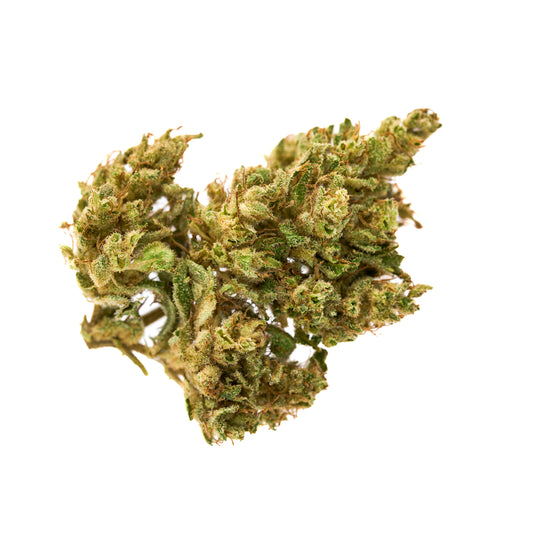
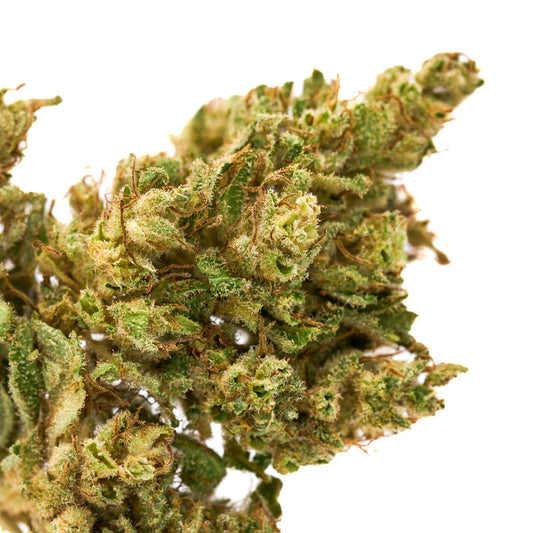
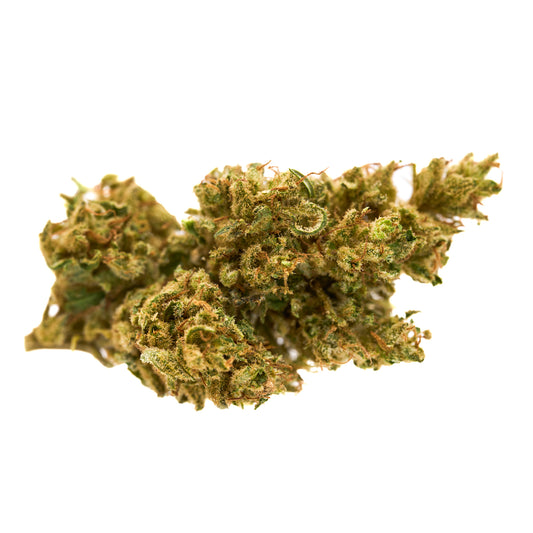
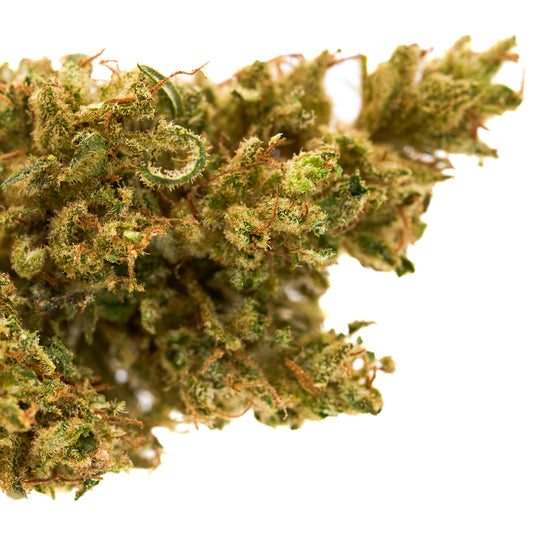
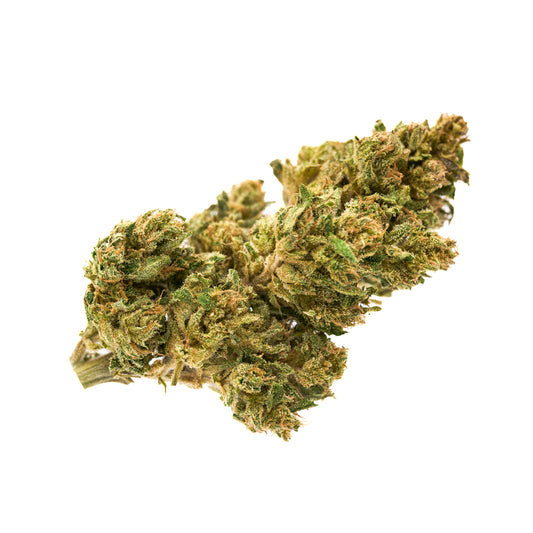
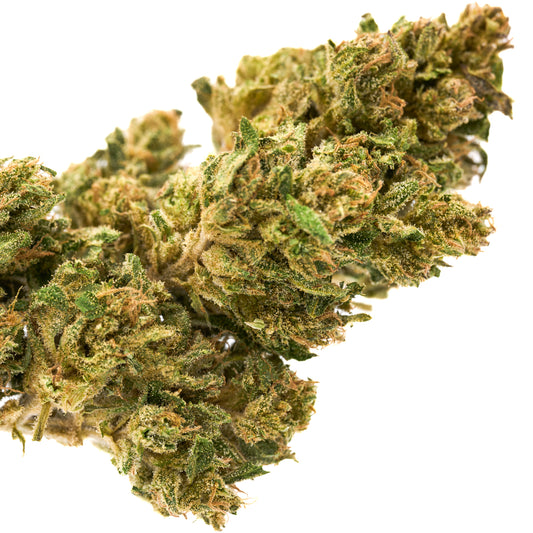


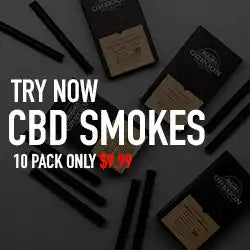
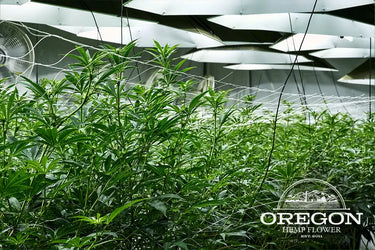
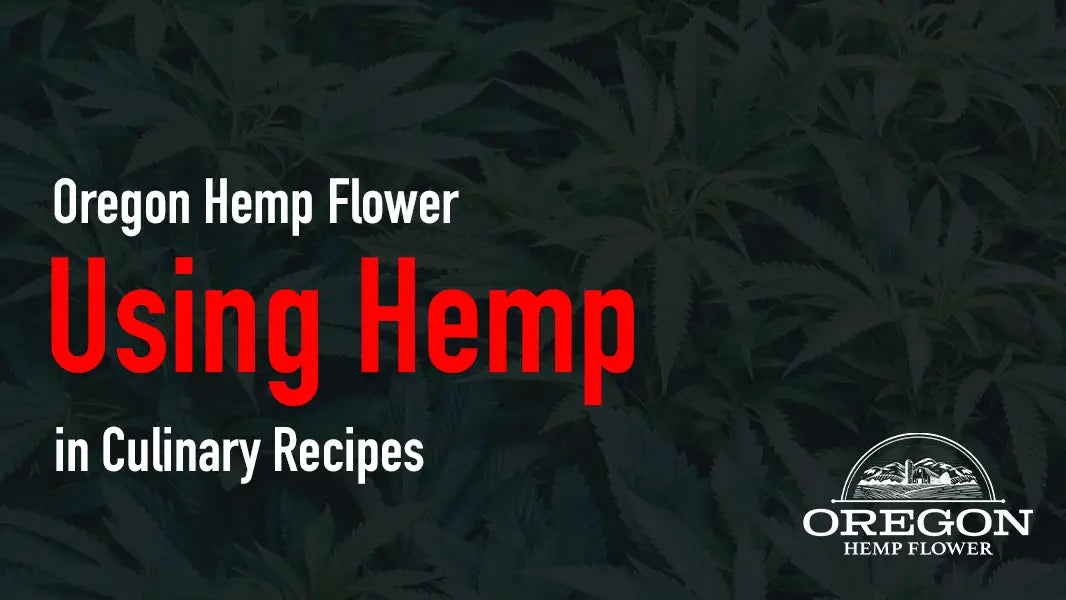
Leave a comment
Please note, comments need to be approved before they are published.